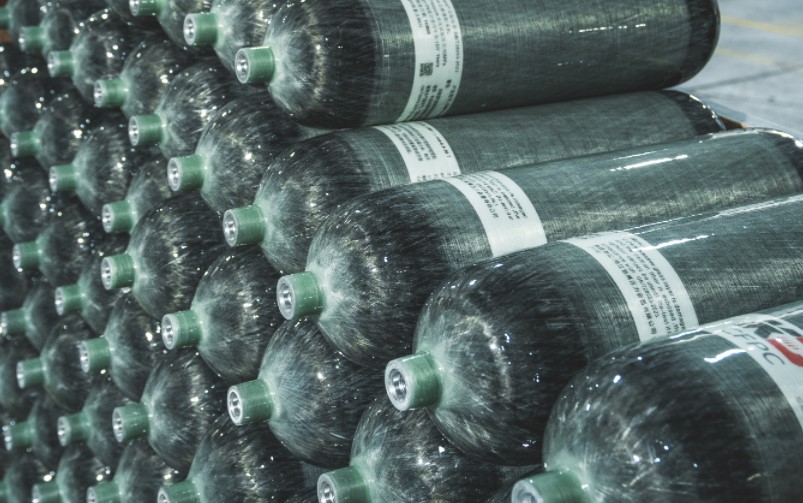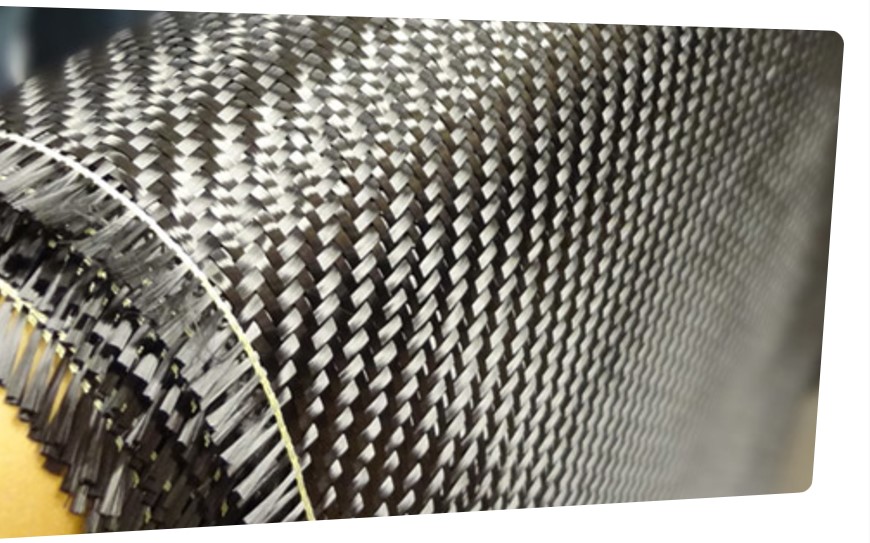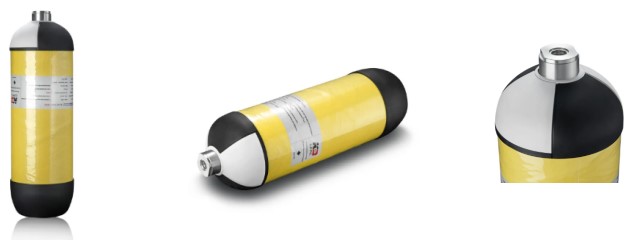In the healthcare field, medical gas cylinders play a crucial role in various applications, from providing life-saving oxygen to supporting surgical procedures and pain management. Medical cylinders come in various types, each tailored to meet specific needs and uses. In recent years, the shift toward more lightweight and durable materials, like carbon fiber composite cylinders, has improved the efficiency and ease of use of these essential tools. This article explores the different types of cylinders in medical settings, with a particular focus on carbon fiber composite cylinders and their advantages in modern healthcare.
Types of Medical Cylinders
Medical gas cylinders are categorized based on the type of gas they contain and the materials they are made from. Let’s take a look at the most common types:
1. Oxygen Cylinders
Oxygen cylinders are perhaps the most widely recognized type of medical cylinder. These cylinders are used to store compressed oxygen, which is critical for patients with respiratory conditions, those undergoing surgery, and those requiring supplemental oxygen for recovery.
Oxygen cylinders can be found in various sizes, from small portable units used by patients at home to large cylinders stored in hospitals. Historically, oxygen cylinders have been made from steel or aluminum. However, carbon fiber composite oxygen cylinders are becoming more popular because of their lightweight design, which makes them easier to transport, especially for patients who need portable oxygen therapy.
2. Nitrous Oxide Cylinders
Nitrous oxide, commonly known as laughing gas, is used in medical settings for pain relief and sedation, particularly in dentistry and during childbirth. Nitrous oxide cylinders are designed to safely store and deliver the gas under pressure.
Traditionally made from steel or aluminum, nitrous oxide cylinders are now also available in composite materials. Carbon fiber composite cylinders, for example, are lighter than their metal counterparts, making them easier for healthcare professionals to handle and transport.
3. Carbon Dioxide Cylinders
Carbon dioxide (CO2) cylinders are used in various medical procedures, such as insufflation during laparoscopic surgeries, where the gas is used to inflate the abdomen for better visibility and access.
CO2 cylinders, like oxygen and nitrous oxide cylinders, have traditionally been constructed from steel or aluminum. However, as with other types of medical cylinders, there has been a growing trend toward using carbon fiber composites to make the cylinders lighter and more manageable while maintaining the strength needed to hold gases at high pressure.
4. Helium Cylinders
Helium cylinders are used in specialized medical applications, such as in the treatment of respiratory conditions like asthma or emphysema, where a helium-oxygen mixture (heliox) is used to help patients breathe more easily. Helium is also used in certain medical imaging techniques.
Helium cylinders need to be strong enough to withstand high pressures and are available in steel, aluminum, and carbon fiber composite designs. The lightweight nature of carbon fiber composite cylinders makes them easier to handle, particularly in fast-paced medical environments.
5. Air Cylinders
Medical-grade air cylinders are used in hospitals for patient ventilation and anesthesia. These cylinders contain clean, compressed air, which is delivered to patients who are unable to breathe independently or require assisted ventilation during surgery.
As with other types of cylinders, air cylinders are available in steel, aluminum, and carbon fiber composite options. Carbon fiber composite air cylinders offer the advantage of being lighter, which can reduce the strain on healthcare workers who need to transport these cylinders within a hospital setting.
6. Specialty Gas Cylinders
In addition to the common gases mentioned above, there are also specialty gas cylinders used for specific medical purposes. These can include gases such as xenon, which is used in anesthesia and imaging, and hydrogen, which is used in medical research.
Specialty gas cylinders may vary in size and composition depending on the specific gas and its intended use. Carbon fiber composite materials are increasingly being used for these types of cylinders as well, offering the same advantages of reduced weight and increased portability.
The Rise of Carbon Fiber Composite Cylinders in Medicine
Traditionally, most medical gas cylinders have been made from metals such as steel and aluminum. While these materials are durable and capable of withstanding high pressure, they have certain drawbacks—most notably, their weight. Medical professionals often need to transport and handle these cylinders quickly, and heavy cylinders can become cumbersome, especially in emergency situations.
Carbon fiber composite cylinders offer a solution to this problem. Made by winding carbon fibers soaked in resin around an internal liner (usually aluminum or plastic), these cylinders are both strong and lightweight. They are designed to handle high-pressure gases safely while being easier to carry and move around.
Benefits of Carbon Fiber Composite Cylinders
1. Lightweight Construction
The most significant advantage of carbon fiber composite cylinders is their lightweight nature. Compared to steel or aluminum cylinders, carbon fiber cylinders can weigh up to 60% less. This makes them easier for healthcare workers to handle, transport, and store. For patients who require portable oxygen therapy, the lightweight nature of carbon fiber cylinders allows for greater mobility and ease of use.
2. Strength and Durability
Despite their reduced weight, carbon fiber composite cylinders are incredibly strong. Carbon fiber has a high tensile strength, meaning that it can withstand the pressure of the gas inside the cylinder without the risk of rupture or failure. The durability of these cylinders ensures that they can be used for long periods without needing replacement, reducing costs for healthcare facilities and patients alike.
3. Corrosion Resistance
One of the problems with traditional metal cylinders is that they are susceptible to corrosion, particularly in humid or harsh environments. Over time, corrosion can weaken the cylinder, potentially making it unsafe for continued use. Carbon fiber composite cylinders, however, are highly resistant to corrosion. This makes them ideal for use in a wide range of medical environments, from hospitals to home care settings.
4. Improved Patient Experience
For patients who require portable oxygen therapy, the lightweight and durable nature of carbon fiber composite cylinders can significantly improve their quality of life. The ease of carrying a lighter cylinder allows patients to remain more active and independent, reducing the physical burden of managing their oxygen supply.
Conclusion
Medical gas cylinders are a critical part of healthcare, providing life-saving oxygen, supporting surgeries, and assisting in pain management. As technology evolves, the materials used to make these cylinders are improving, with carbon fiber composite cylinders offering a significant advantage over traditional steel and aluminum designs.
The lightweight, durable, and corrosion-resistant properties of carbon fiber cylinders make them a valuable addition to the medical field, allowing for easier handling by healthcare professionals and greater mobility for patients. As these materials continue to develop, we can expect to see carbon fiber composite cylinders become even more prevalent in medical applications, offering new solutions to long-standing challenges in healthcare.
Post time: Sep-09-2024



